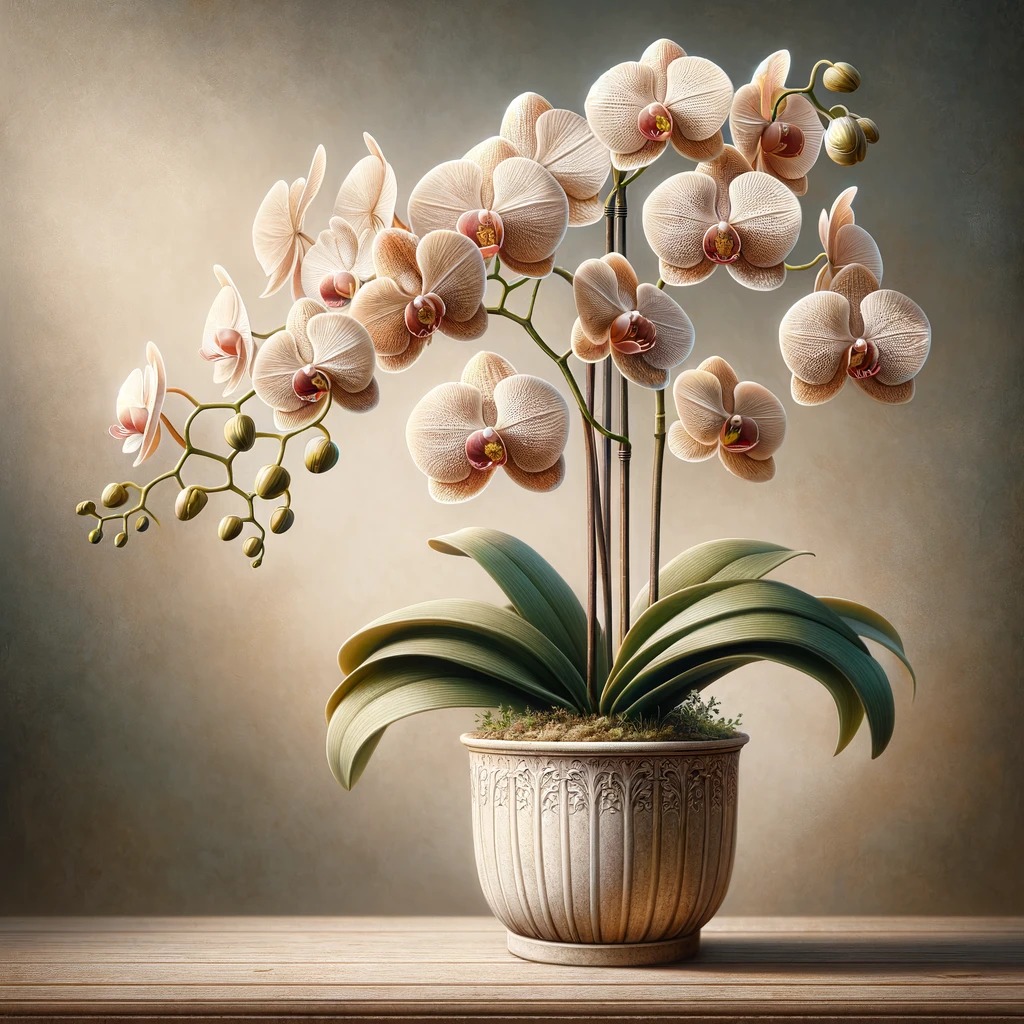
Essential Guide to Healthy Orchids: Key Care Tips and Common Mistakes to Avoid
Cultivating healthy orchids involves understanding their unique needs, as these beautiful and exotic flowers require specific conditions to thrive. Here, we detail the crucial care tips you need to follow and highlight some common errors that can jeopardize the health of your orchids.
Proper Air Quality is Crucial for Orchids
Orchids are particularly sensitive to the conditions of the air around them, needing appropriate humidity and air circulation to flourish. Ideally, the humidity should be maintained between 40% and 75%. In dry climates, this may necessitate the use of a hygrometer to monitor humidity levels and a humidifier to maintain them. Additionally, ensuring good air circulation with a gentle fan can prevent the growth of harmful fungi and bacteria, which often manifest as discolored spots on the leaves or root damage.
Selecting the Right Fertilizer
While common houseplants may thrive on balanced fertilizers like 10-10-10 or 20-20-20, orchids require specific formulations. Avoid fertilizers with ammonia or urea-based nitrogen. Opt for those high in nitrates, which facilitate better absorption of micronutrients such as calcium and magnesium. Orchid-specific fertilizers, typically labeled as “urea-free,” are ideal because they cater to the unique nutrient needs of these plants. Be mindful of magnesium levels, as a deficiency can lead to yellowing leaves.
Lighting Needs Vary Among Orchids
Orchids need indirect light to prosper. The intensity of light required can vary significantly between different orchid species. Some may thrive under low light conditions or in moderate shade, while others might need bright, indirect light. Placing orchids near a south-east facing window typically provides the optimal amount of light. However, it’s crucial that direct sunlight does not touch the plant. Orchids also benefit from complete darkness at night and a slight drop in temperature to encourage blooming.
Choosing the Correct Pot
Unlike most houseplants, orchids have unique root systems that are adapted to absorb moisture and nutrients from the air. Many orchids are sold in clear plastic pots which are essential for the health of their aerial, epiphytic roots, allowing light to reach the roots directly. Planting an orchid in an opaque, dark-colored pot can hinder root development and overall plant health.
By avoiding these common mistakes and providing the right conditions, you can ensure your orchids remain healthy and vibrant, potentially flowering year after year.
Share Article: